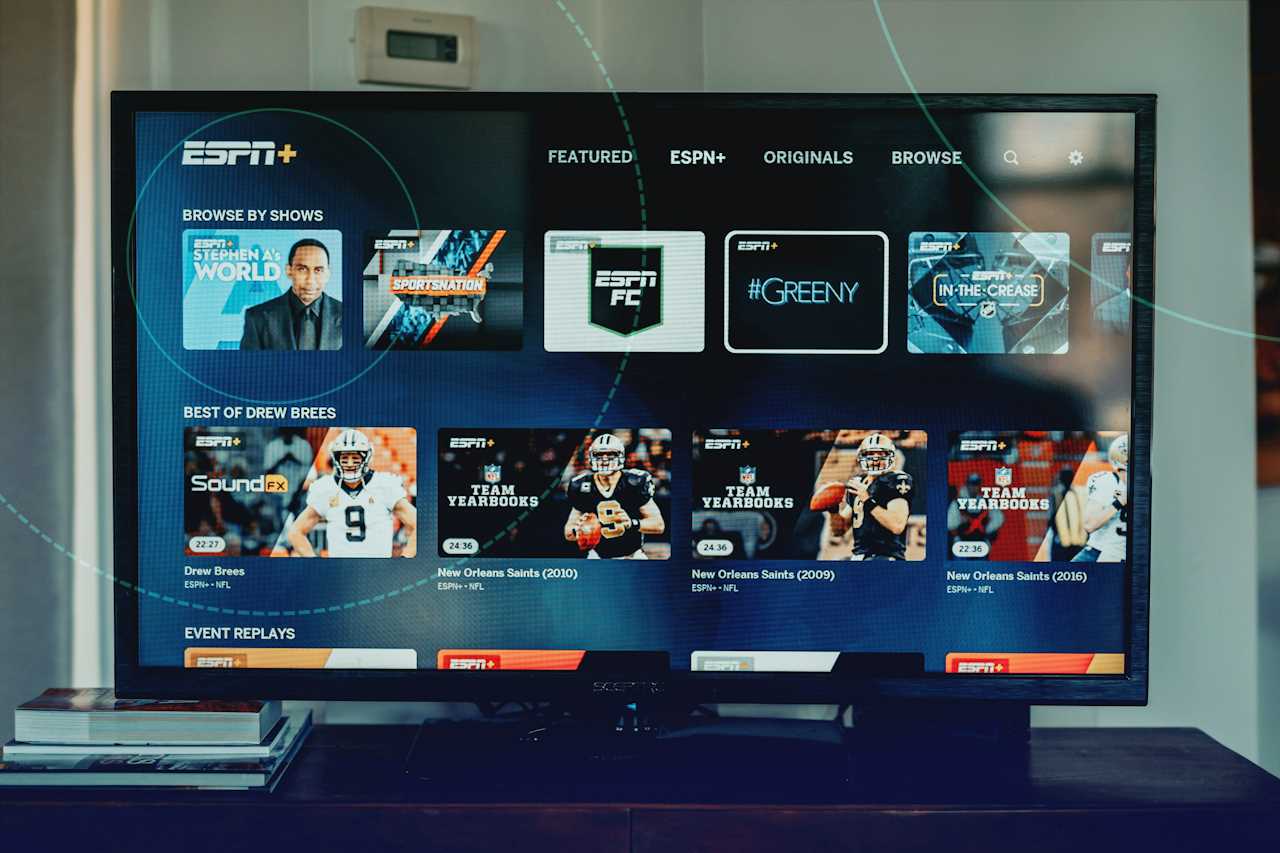Learn how advertising on streaming platforms works and best practices to apply to your marketing strategy.
With the right strategy, advertising on streaming platforms can precisely target the viewers who will become loyal customers
Streaming TV advertising has transformed the marketing landscape, offering advertisers a highly efficient and measurable way to reach their target audience. As more consumers opt for streaming services and video on demand platforms, traditional cable advertising is rapidly being replaced by strategic advertising on streaming services. With the ability to deliver ads directly to consumers as they consume streaming content on mobile devices and streaming devices, streaming TV advertising has become a powerful advertising channel.
Want to learn more? Check out "Streaming Video Advertising: A Complete Marketer's Guide."
Focus on Targeting and Relevance
When advertising on streaming services, brands can significantly enhance their effectiveness by focusing on targeting and relevance. Streaming services provide a unique opportunity to reach a specific audience that is already engaged in the streaming experience and interested in relevant content.
By utilizing data and advanced targeting capabilities, brands can identify and target specific audience segments based on their demographic data, viewing history, and consumer behavior. This enables them to deliver personalized messages to the right audience, increasing the chances of conversion. For example, a fitness brand can target individuals who frequently watch fitness-related content or have shown interest in fitness apps and equipment.
The importance of utilizing data and advanced targeting capabilities cannot be overstated. By understanding the preferences and behaviors of their target audience, brands can tailor their advertising campaigns to resonate with viewers and provide a relevant and valuable experience. This leads to increased ad engagement, as viewers are more likely to pay attention to ads that are tailored to their interests and needs.
Further, focusing on targeting and relevance in streaming service advertising can also lead to higher brand awareness and loyalty. By delivering personalized messages to the right audience, brands can establish a stronger connection with viewers and increase their brand recall. This, in turn, can lead to increased brand loyalty and a higher likelihood of viewers becoming customers.
Build Lookalike and Propensity Models
Building lookalike and propensity models is a crucial step in streaming services advertising to effectively target audiences and measure incremental performance. These models allow advertisers to identify potential customers who exhibit similar behaviors and characteristics to their existing customer base.
To build lookalike models, advertisers gather data from their existing customer base and analyze it to identify patterns and similarities. This data could include demographics, purchasing behavior, interests, and other relevant information. This data is then used to create a profile of the ideal customer. By leveraging machine learning algorithms, advertisers can identify individuals who closely match this ideal customer profile.
Propensity models, on the other hand, focus on predicting the likelihood of a desired action, such as making a purchase or subscribing to a service. Advertisers use historical data to understand customer behavior and identify indicators that suggest a higher propensity for the desired action. These indicators can include factors like past purchase history, engagement with previous ads, or demographic information.
Once these models are built, advertisers can use them to reach potential customers who are most likely to engage with their ads and convert into paying customers. This targeted approach improves the efficiency and effectiveness of advertising on streaming services, ultimately maximizing their return on investment.
Test and Iterate Before Scaling Up
Testing and iterating before scaling up is crucial in CTV advertising for optimizing campaign performance and maximizing return on investment. By conducting small tests, advertisers can refine targeting and creative elements, resulting in more effective and impactful campaigns.
One of the key benefits of running small tests is that it allows advertisers to gather valuable data and insights. By measuring the performance of different targeting strategies, ad formats, or messaging variations, advertisers can understand which elements resonate better with their target audience. This data-driven approach enables them to make informed decisions and optimize their future campaigns.
Moreover, testing and iterating before scaling up helps advertisers identify any issues or challenges that may arise during the campaign. By detecting and addressing these issues early on, marketers can ensure that their advertising on streaming platforms is well-executed and generates desired results. This iterative process helps refine messaging, optimize ad placement, and enhance overall campaign performance.
Additionally, testing enables advertisers to experiment with different audience segments, creatives, and ad formats. By gathering data from these tests, advertisers can uncover insights about their target audience's preferences and behavior, helping them make more informed decisions when scaling up their campaigns. This granular approach ensures that the advertising efforts are targeted and resonate with the right audiences.
Measure Key Metrics
When running advertising campaigns on streaming TV, it is essential to measure key metrics to evaluate the success and impact of the ads. These metrics provide insights into the effectiveness of the campaigns and help advertisers understand the return on investment (ROI) and viewers' engagement with the ads.
One key metric to measure is reach, which indicates the number of unique viewers exposed to the ad. This metric helps advertisers understand the potential audience size and the campaign's penetration. Another important metric is frequency, which measures the number of times a viewer sees the ad. By monitoring frequency, advertisers can optimize ad exposure to prevent overexposure or underexposure.
Engagement metrics such as click-through rate (CTR) and view-through rate (VTR) are also crucial. CTR measures the proportion of viewers who clicked on the ad, while VTR measures the percentage of viewers who watched the entire ad. These metrics demonstrate viewers' level of interest and interaction with the ads.
To demonstrate ROI, metrics such as return on ad spend (ROAS) and cost per acquisition (CPA) should be measured. ROAS calculates the revenue generated from the ad investment, while CPA evaluates the cost required to acquire a new customer. These metrics help advertisers assess the profitability of their campaigns.
In addition to these metrics, specific attribution data should be collected to measure the impact of ads on streaming services. This includes tracking conversions, website visits, app downloads, or purchases directly attributable to the ad. By collecting this data, advertisers can understand the direct impact of their advertising efforts on driving desired actions.
Optimize Campaigns With Data-Driven Insights
One of the most effective ways to optimize streaming TV advertising campaigns is by utilizing data-driven insights. By leveraging audience targeting and optimization techniques, advertisers can enhance their campaigns' performance and achieve their marketing goals.
Data can be a powerful tool enabling advertisers to understand their target audience better. By analyzing demographic information, interests, and behaviors, advertisers can create highly targeted campaigns that resonate with specific groups of people. This targeted approach increases the likelihood of reaching the right audience and driving desired actions.
To optimize campaign performance, it is crucial to constantly monitor and analyze the data. Advertisers should track key metrics such as engagement rates, click-through rates, and conversions to identify areas of improvement. By identifying underperforming ads or channels, advertisers can make data-driven decisions to reallocate their advertising budgets and optimize campaign performance.
Make tvScientific Your CTV Partner
tvScientific was co-founded by senior executives with deep roots in search, programmatic advertising, digital media, and ad verification. We think scientifically, and our results are driven by a belief in one, simple formula: Trust = Data x Transparency x Control.
With powerful attribution capabilities, real-time reporting, automated optimization, and built-in, always-on testing, we believe that tvScientific provides the most robust, transparent, tailored CTV advertising platform. Once you see it for yourself, we know you will too. Request a demo today.







